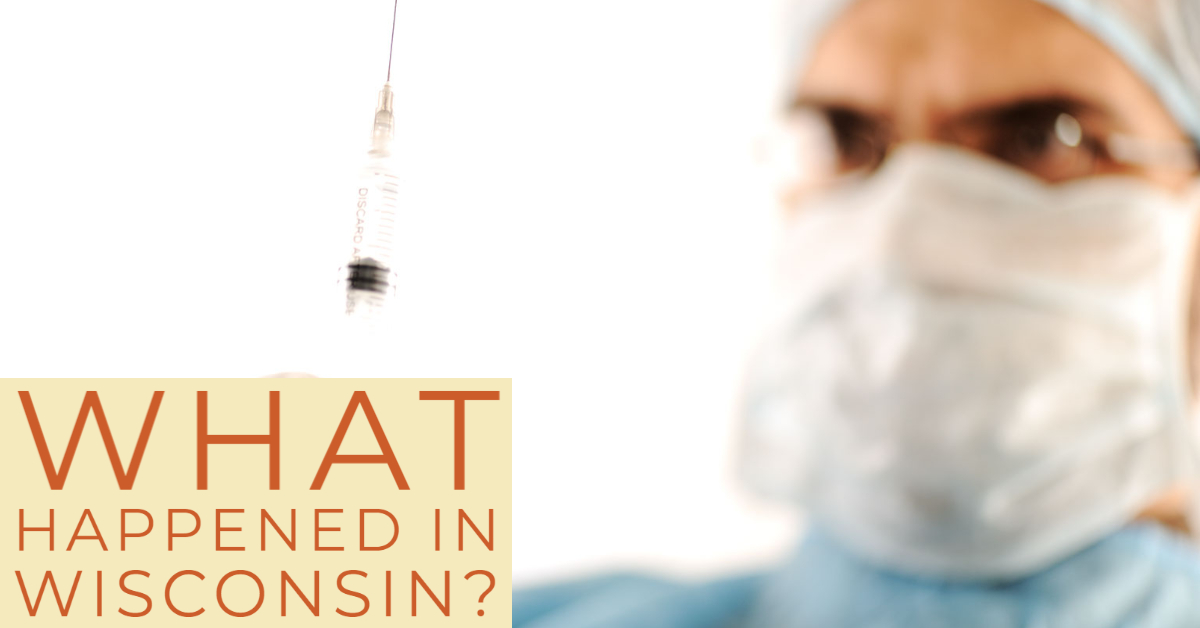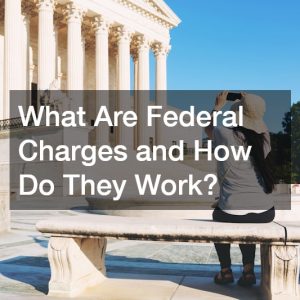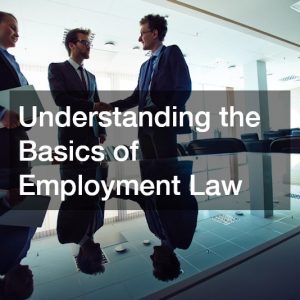
The COVID-19 pandemic has taken a severe toll on the world’s health and economy. However, three vaccines have given the world a light at the end of the tunnel. These vaccines have faced some controversy, primarily from conspiracy theorists and COVID deniers.
How COVID-19 Spreads
COVID-19 is caused by a new form of coronavirus. A normal coronavirus causes mild, cold-like symptoms.
The novel coronavirus responsible for COVID-19 is different. It was discovered in 2019 and has bedeviled medical professionals. Rather than causing a mild cold, COVID-19 can cause severe lung damage, leading to pneumonia in some vulnerable patients.
Worse yet, the virus appears to cause a severe immune reaction that can damage or disable other organs in the body. This has led to ongoing health problems in many people who have recovered from the virus.
The virus spreads through two mechanisms:
- Surfaces: If microbes from an infected person land on a surface, another person can contract the virus by picking up the microbes and touching their mouth, nose, or eyes. Although this transmission vector is minor compared to airborne transmission, businesses have rightly expanded cleanings by janitorial services to try to reduce surface spread.
- Airborne: This is the primary transmission vector for COVID-19. An infected person coughs or sneezes water droplets into the air. The virus rides on these water droplets and travel through the air where they are inhaled by others. The airborne nature of the virus is the reason health officials recommend wearing masks.
Effects of COVID-19
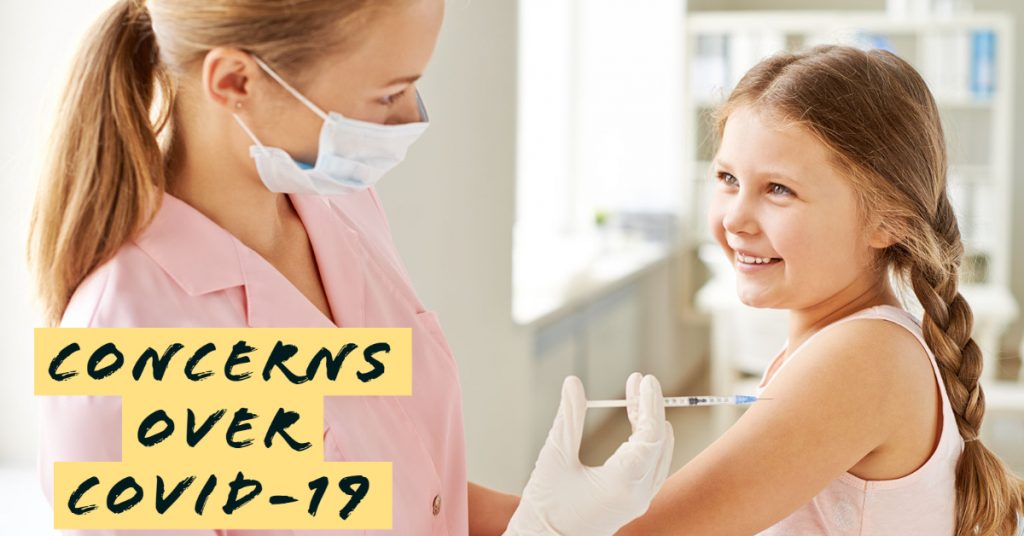
COVID-19 produces a range of symptoms depending on several factors:
- Age: Older patients are much more likely to develop severe symptoms. Unfortunately, this means that the risk of dying increases with the age of the patient.
- Sex: Male patients tend to experience more severe symptoms than female patients. Doctors have not determine why womens health tends to be less susceptible to fatal cases.
- Blood type: Strangely, different blood types appear to experience different outcomes when infected by COVID-19. People with blood types A, AB, and B appear to be more susceptible to contracting COVID-19 and experience more severe symptoms than those with blood type O.
Not everyone who contracts the virus will show symptoms. Carriers who do not develop symptoms can still spread the virus in a process called asymptomatic spread.
Those who do develop symptoms usually experience a fever, severe cough, headache, and loss of smell and taste. These symptoms usually appear long after exposure. This long incubation period contributes to spread since people who are infected usually feel fine for as long as two weeks after being infected.
Testing can detect cases that are either asymptomatic or pre-symptomatic. However, many people are reluctant to obtain tests since they may need to pay for them. Under health care laws, both private and public insurance plans must pay for COVID-19 tests without requiring a co-pay. However, people who are uninsured may need to pay for COVID-19 testing or qualify for a grant program administered by their state to obtain a test for a reduced fee or free.
General Vaccination Information
The idea behind vaccines was discovered over 220 years ago. In England, a doctor named Edward Jenner discovered that infecting patients with cowpox prevented those patients from contracting smallpox. Since cowpox was relatively benign, and smallpox was deadly, this was an acceptable tradeoff for patients.
Later, scientists discovered that an inoculation triggers an immune response that builds up antibodies against whatever was used in the inoculation. So, for example, an inoculation can contain a dead measles virus. This will trigger the body to create antibodies against measles, thereby preventing the body from getting infected when exposed to live measles.
Vaccination information became a critical tool to maintain public health. Not only does measles cause severe illness that could lead to long-term damage to hearing health, measles is highly transmissible. By developing a measles vaccine and providing vaccination information to every school-aged child, public health officials were able to drastically reduce the number of measles cases.
For most people, vaccines are routine. However, a movement of anti-vaxxers developed. This theory holds that vaccines cause illness and are responsible for a rise in allergies and autism. This theory has been disproven and vaccines are safe. However, this vaccination information has been slow to penetrate into the anti-vaxxer community and suspicion remains.
Vaccines do have occasional side effects. For example, vaccination information from the U.S. government suggests that about two out of every 1,000 children vaccinated will experience a reaction to a vaccine. Most reactions include soreness, swelling, and fever at the injection site. Hospitalizations and deaths due to vaccines are extremely rare. In short, the benefits of vaccines vastly outweigh the risks, and failing to advise parents to have their children vaccinated is borderline medical malpractice. Again, however, this vaccination information has been rejected by anti-vaxxers.
Background of COVID-19 Vaccines
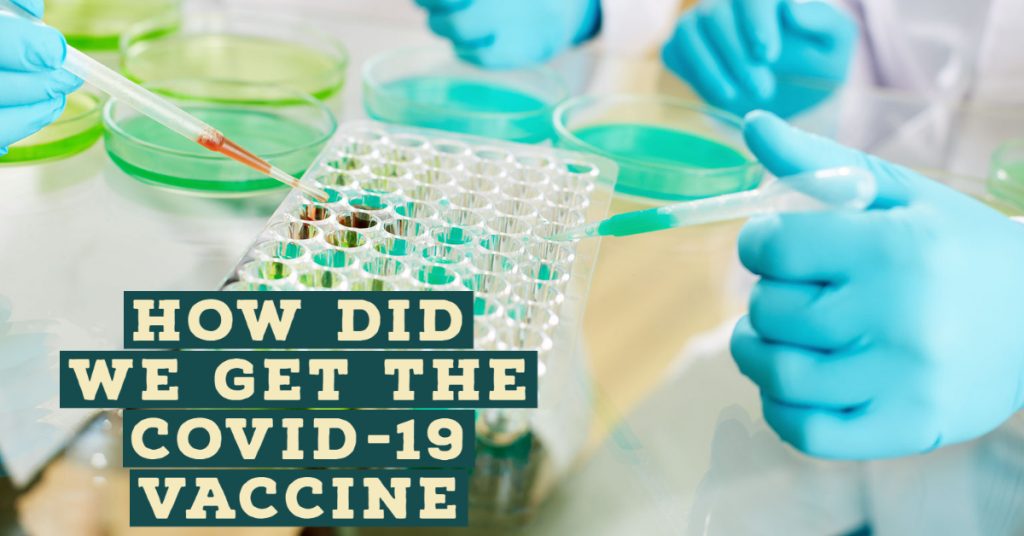
To start off, here is some vaccination information to explain the background of these vaccines and how they work.
- Pfizer-BioNTech: The first vaccine to complete its trials and receive approval was from Pfizer-BioNTech. The companies reported that the vaccine effectively protected 95% of test subjects from contracting COVID-19. The vaccine uses a new technology called mRNA or messenger RNA. This technology will be discussed in greater detail below. The vaccine requires two doses, three weeks apart. The vaccine must be frozen to be stored and is defrosted prior to administration.
- Moderna: This vaccine was approved a week after the Pfizer-BioNTech vaccine received approval. Studies showed an efficacy rate of about 94%. This vaccine also uses mRNA technology and requires two doses, four weeks apart. Like the other mRNA vaccine, the Moderna vaccine must be frozen during storage to preserve its effectiveness.
- Oxford-AstraZeneca (AZ): The AZ vaccine is a traditional vaccine that uses inactivated cold virus to trigger an immune response that fights off COVID-19. This vaccine has a lower efficacy rate at around 70%. However, its advantages over the mRNA vaccines is that it does not need to be frozen for storage and it is substantially cheaper. It requires two doses, four weeks apart.
mRNA Vaccination Information
According to the CDC, RNA is the blueprint that cells use to make proteins. Proteins, in turn, are the building blocks for our bodies.
In this case, mRNA carries a blueprint for a spike protein into immune cells. The antibody cells make the spike protein, then destroy the mRNA. The immune system creates antibodies that match the spike protein.
Since the spike protein mimics the COVID-19 virus, these antibodies also match the virus, allowing them to attach to it and neutralize it. The Moderna and Pfizer-BioNTech vaccines have been proven to prevent COVID-19 infections in 94-95% of test subjects. In the remaining 5-6%, the vaccines substantially reduce the severity of an infection.
As mentioned above, the mRNA vaccines are sensitive. They have to be packed in dry ice when they are shipped because they begin to degrade after they are defrosted. Moreover, when they arrive at their destination, they have to be stored at -4 degrees Fahrenheit.
When it comes time to administer, they are thawed in a refrigerator for 2 1/2 hours or at room temperature for 1 hour. Any longer than that and the vaccine risks losing its effectiveness. Moreover, once the vaccine is thawed, it cannot be refrozen.
A thawed dose can be kept refrigerated for up to 30 days. However, a thawed dose at room temperature spoils after 12 hours.
These special handling requirements could expose a pharmacist or health care provider to liability if the vaccine is mishandled. The instructions are very clear but mishandling a batch of doses is easy. A patient who is misled into believing they are immune from the virus could hire a medical malpractice lawyer and file a lawsuit against a business that knowingly administered a degraded dose.
What Happened in Wisconsin
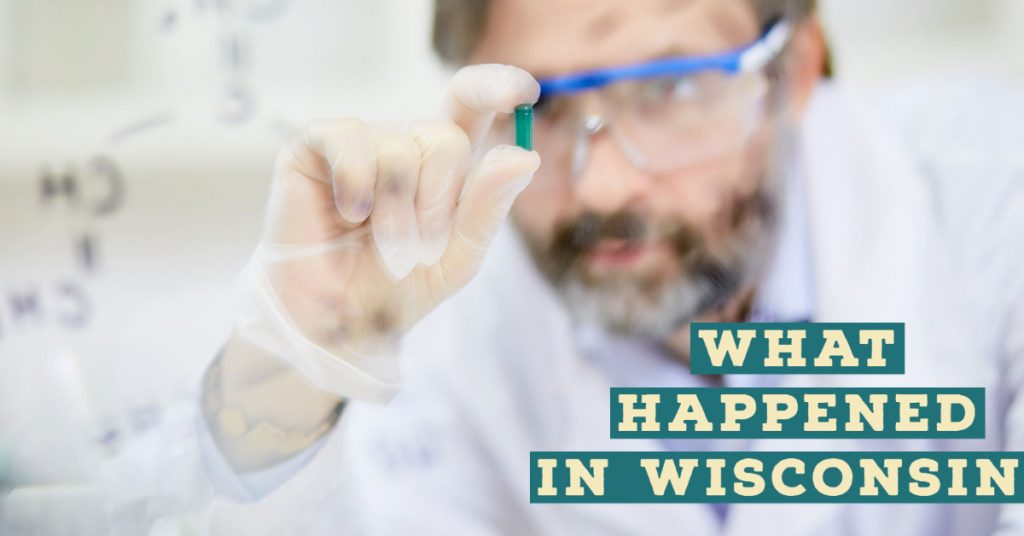
In Wisconsin, a pharmacist who worked for a hospital allowed 57 vials of the Moderna vaccine to sit on a counter at room temperature for 12 hours. Each vial contained 10 doses, so 570 doses were compromised by the pharmacist’s actions. Since each patient requires two doses, the compromised doses could have been used to fully vaccinate 285 people.
At first, the pharmacist suggested that the doses were inadvertently left out, according to the Washington Post. The pharmacist was fired and the hospital used the compromised doses to vaccinate about 60 people before it determined exactly what happened. By this time, the pharmacist knew he needed to call criminal defense lawyers.
The hospital investigated further and determined that the doses were left out too long to allow them to be used. It returned the doses to Moderna for testing rather than using them. It also alerted the patients that the doses they received might have been ineffective.
The Police Investigation
The police took over the investigation and found that the pharmacist intended to destroy the vaccine doses by leaving them out. Based on this fact, the police arrested the pharmacist for knowingly damaging the hospital’s property and placing patients at risk by compromising the doses.
Specifically, the pharmacist was charged with:
- Recklessly endangering safety: By taking an action that he knew, or should have known, would spoil the vaccine doses, the pharmacist placed patients’ lives at risk.
- Adulterating a prescription drug: The pharmacist had a duty to safeguard the vaccines and adhere to the handling instructions. When the pharmacist deliberately mishandled the vaccine doses, he violated this special duty.
- Criminal damage to property: Vaccination information from the hospital placed the value of the doses at between $8,500 and $11,500, according to NBC. The deliberate destruction of the vaccine would be analogous to vandalism or other deliberate property damage.
If Moderna determines that the doses were not spoiled, the charges could be amended. For example, the criminal damage charge could be reduced or dismissed if the doses can still be used. However, even if the criminal damage charge is dismissed, the reckless endangerment and adulteration charges could still move forward and the pharmacist will need a criminal law attorney to defend him.
Criminal Court Case
The pharmacist appeared before a judge who set bond at $10,000. The Eighth Amendment protects criminal defendants by prohibiting unreasonable bail and cruel and unusual punishments. In most cases, this means that the bail amount must be set at an amount that is reasonably calculated to ensure the defendant appears in court.
In essence, a $10,000 bond is a promise to either appear in court or pay $10,000 if you fail to appear. Bail bond services facilitate bonds by giving the court a written promise and collecting collateral from the defendant. For example, the pharmacist could put up a home as collateral in exchange for the bondsman to issue a $10,000 bond.
If the pharmacist posts the bond, he will be released until trial. This allows the pharmacist to prepare for trial and deal with other issues that could have arisen as a result of his actions. For example, the pharmacist will likely face a loss of his pharmacy license. Similarly, the pharmacist will need to find a new job to pay for his criminal defense lawyer.
The Pharmacist’s Motivation
As far as the criminal case goes, the pharmacist’s motivations are probably not relevant. However, because of the strange circumstances of the case, news reporters and police have dug into the pharmacist’s background and found that he is a conspiracy theorist.
In addition to the usual anti-vaxxer conspiracies, a few conspiracies have grown up around the COVID-19 vaccine. Some are born from the claims that the COVID-19 pandemic is a hoax. These theories posit that the COVID-19 pandemic is not real and that the vaccines are just a way for some authority figure (the government, Bill Gates, etc.), to inject unsuspecting people with something nefarious.
Other vaccine resisters have reasons that are based in science. The Pfizer-BioNTech vaccine, Moderna vaccine, and AZ vaccine were rushed through trials and did not receive the same level of scrutiny as normally required because of the pandemic. In fact, these vaccines did not proceed through the regular approval process and were approved under an “emergency use authorization” or EUA. So, this objection to the vaccines is based on factual vaccination information. However, given the trials that did occur, the U.S. Food and Drug Administration has determined that the short-term risks are small compared to the great benefits these vaccines will bring.
The pharmacist fell somewhere in between. He believed that the mRNA vaccines risked changing people’s DNA and were dangerous to them. He destroyed the vaccine doses in an attempt to protect people’s lives and avoid what he felt to be misleading vaccination info.
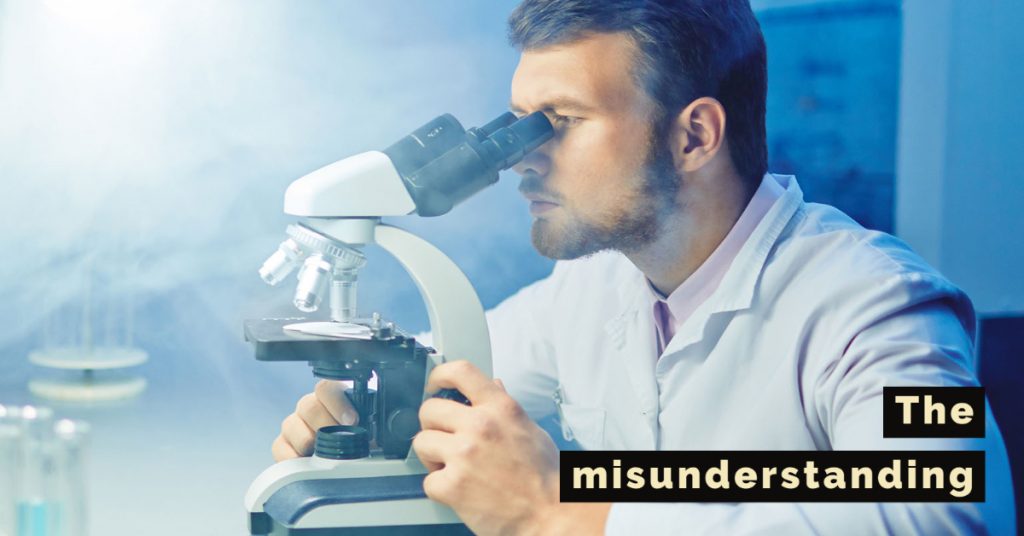
This belief was based in a misunderstanding. mRNA passes into immune cells. However, it does not pass into the nucleus where the DNA resides. Thus, mRNA cannot change DNA. Moreover, the mRNA is merely a blueprint for a spike protein, like a recipe card. The same way that you do not change into a cake by using a cake recipe to bake a cake, your immune cells do not turn into spike proteins by using spice protein mRNA to make a spike protein.
This case is still in its early stages. If the vaccine doses were ruined, the case could result in substantial jail time and fines for the pharmacist. On the other hand, if the doses were not damaged, the pharmacist could receive a slap on the wrist.
